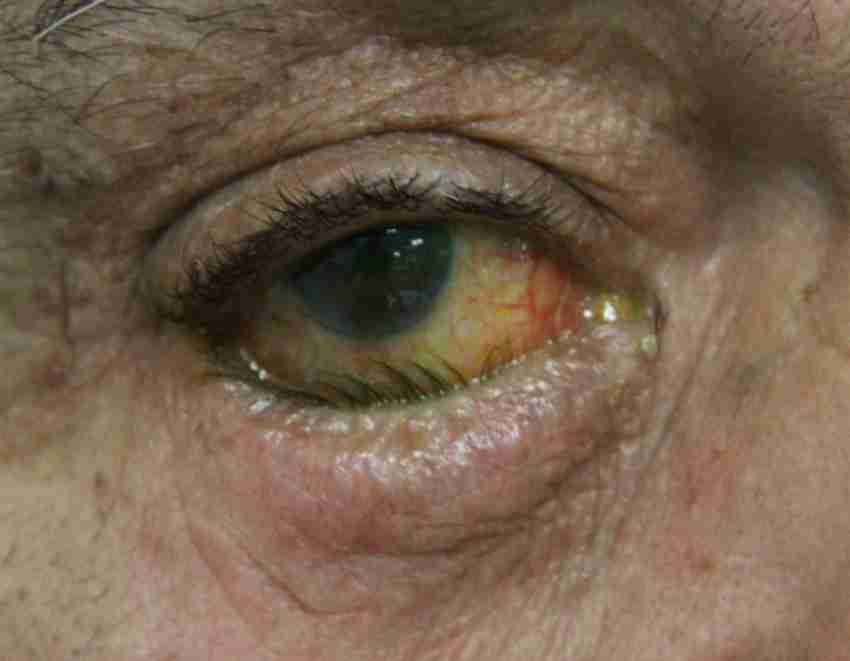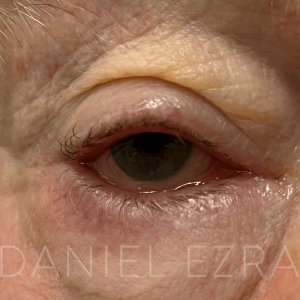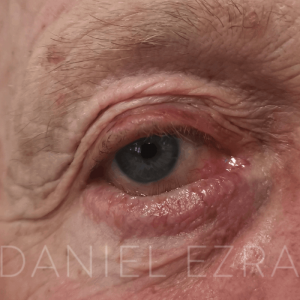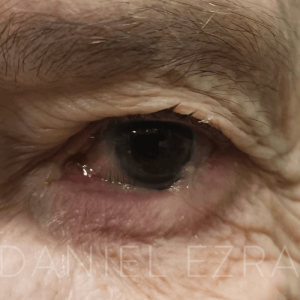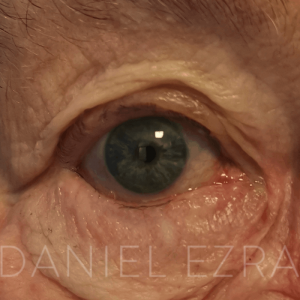What is Entropion?
Entropion is an eyelid condition that occurs when the eyelid turns inwards towards the eye. Entropion occurs in the lower eyelid, but can also affect the upper eyelid.
The condition causes friction, discomfort and irritation of the eyelid margin and ocular surface. Eyelid margin and ocular surface irritation over time lead to erosions of the cornea and eventually sight loss if left untreated. The clear cornea acts as a barrier to protect the inner surface of the eye from infections.
Using artificial tears and lubricating ointments relieves symptoms of entropion, but entropion surgery is usually needed to fully correct the condition. Conservative measures can be taken if patients are not fit or motivated for entropion surgery.
There are four types of entropion:
- Involutional entropion - the most common type and occurs due to ageing
- Acute spastic entropion - caused by problems with the ocular surface
- Cicatricial entropion - caused by scarring on the inner surface of the eyelid
- Congenital entropion - occurs since birth and is the rarest type
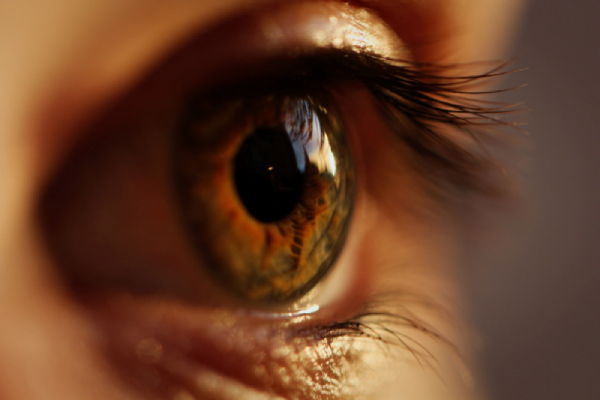
What Are The Causes, Signs And Symptoms Of Entropion?
CAUSES
The most common cause of entropion is age-related changes to the structural support of the eyelids. As we get older, the ligaments and tendons that support the eyelid become lax, which allows the eyelid to roll and turn inwards causing an entropion (or outwards causing an ectropion). Age-related entropion is called involutional entropion and is experienced by around 2% of the UK's elderly population.
Besides age-related changes, there may be a combination of other risk factors, including:
- Excessive squeezing - Irritated eyes may cause rubbing, squeezing, and blinking, which can lead to entropion due to eyelid laxity or muscle spasms. This type of entropion is known as spastic entropion.
- Eye Infections - Eye infections, such as trachoma, can cause scarring that pulls the eyelids inward, leading to entropion. Other types of conjunctivitis caused by bacterial or viral infections can also result in this condition.
- Ocular burns and trauma - Trauma to the eye, including chemical injury, can damage the lining of the eye known as the conjunctiva. Scarring of the conjunctiva can cause entropion, wherein the eyelids roll inwards. This condition is more difficult to treat surgically.
- Epiblepharon - Epiblepharon is common in Asian patients. It is caused by a fold of skin that pushes the eyelashes toward the eye surface. It is different from entropion since the eyelid margin rolls inward.
- Medical Conditions - Rarely, autoimmune conditions such as pemphigoid may cause scarring of the conjunctiva, leading to entropion. This may be treated with immunosuppression to stabilise the condition before proceeding with surgery.
- Developmental anomalies - Very rarely, babies may be born with the eyelids turned inwards in a condition called congenital entropion.
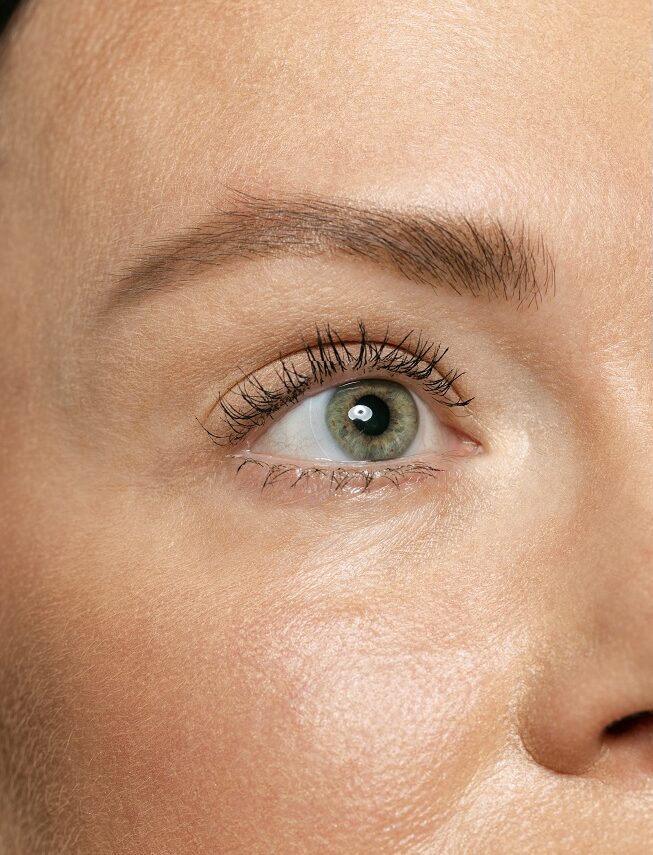
SIGNS
Entropion can cause many uncomfortable symptoms in or around the eye. At first, the signs may be intermittent but become more constant over time:
- Foreign body sensation
- Mild redness of the eye
- Irritation and/or soreness
- Watery eyes and excessive tearing
- Eyelid crusting
- Mucous discharge
Symptoms
If you have been diagnosed with entropion and you start to experience any of the following symptoms, immediate medical care should be sought:
- Blurred vision
- Sensitivity to light or wind
- Eye redness that is rapidly getting worse
- Pain in or around the eye
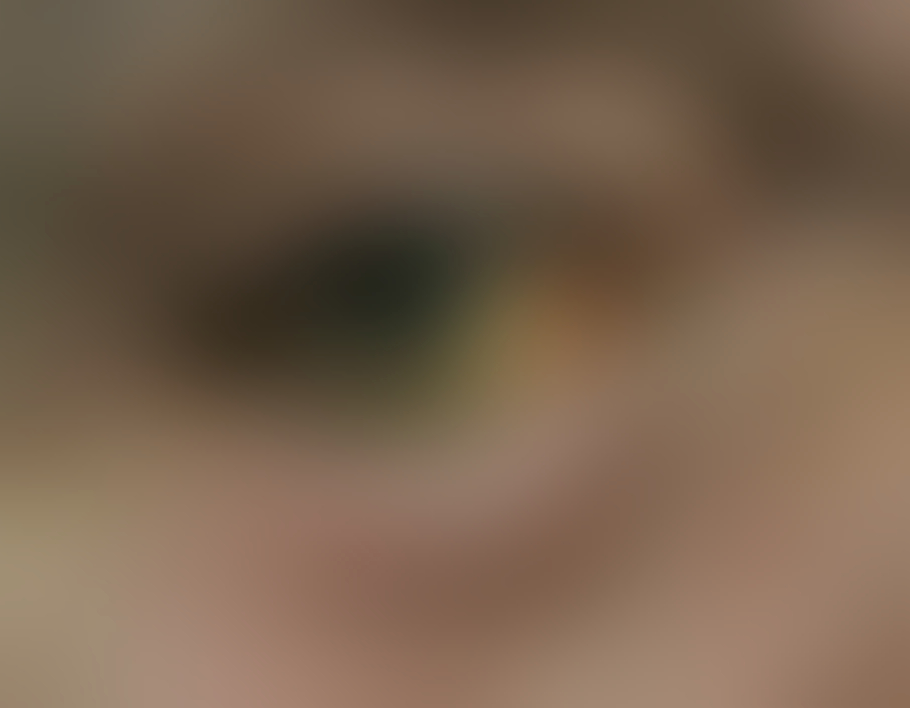
Hover on image to see entropion example
Diagnosis of Entropion
Entropion can be diagnosed during a comprehensive eye exam by an ophthalmologist. During the exam, the ophthalmologist will perform a series of tests to evaluate the position of the eyelid and the health of the eye. Depending on the condition, these tests may include:
- Visual acuity test
- Slit-lamp examination
- Corneal examination
- Eye pressure test
- Tear film evaluation
In addition to a physical exam, you will have to provide information about your symptoms, medical history, and any medications you are taking.
Once diagnosed, the doctor will determine the type of entropion you have as well as the severity of the condition. This information is important for developing an effective treatment plan.
TIME FRAME FOR DIAGNOSIS
The diagnosis of entropion can usually be made fairly quickly during an eye exam. The exam typically takes between 30 minutes to an hour, depending on the complexity of the case. In some cases, additional testing may be necessary, which could prolong the diagnosis process.
NEXT STEPS
If you have been diagnosed with entropion, it is important to seek treatment for entropion as soon as possible. Leaving entropion untreated can lead to corneal damage and vision loss. Our team of specialists will work with you to develop a treatment plan that is right for you, whether that be conservative treatments or entropion surgery.
Entropion Examples
Entropion Surgery
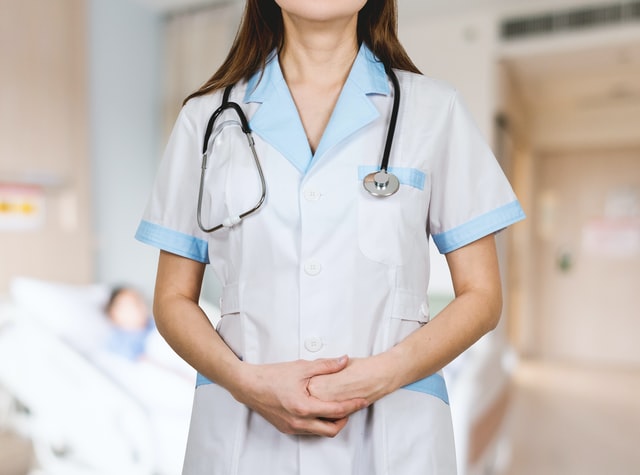
PREPARATION FOR THE SURGERY
Entropion surgery is the only treatment option that permanently corrects the eyelid to its normal position. At your appointment, Dr Ezra will discuss your medication with you, and you may be asked to stop some medication before entropion surgery.
It is important to tell our specialists if you take any specific medication due to any possible side effects or reactions. They will advise you when to stop eating or drinking, depending on your planned anaesthesia.
DURING THE PROCEDURE
The entropion surgery procedure involves tightening and repositioning the eyelid tissues. Age-related (involutional) entropion surgery involves:
- Tightening the lower eyelid
- Repositioning the lid muscles and tendons with stitches under the lower eyelid
This is usually performed under local anaesthesia with sedation. The patient is awake but sleepy for the procedure and the area is numbed with a small injection into the lower lid or eyelid. The whole procedure will usually take around 45 minutes per eyelid. The patient may spend around half a day in the clinic, allowing for preparation and aftercare times.
Entropion caused by scar tissue (cicatricial) is more complex to treat and may require a mucous membrane graft from your mouth. This is usually performed as a day-case surgery under general anaesthesia.
POST-SURGERY RISKS
Surgery will correct entropion almost immediately for most patients. There may be some short-term discomfort including:
- bruising and swelling around the area
- bleeding
- infection
Once the eyelids have healed, you will feel noticeably more comfortable. There should no longer be a risk of further corneal injury, scar tissue, infection, or sight loss.
Aftercare for Entropion Surgery
- After entropion surgery, your eye will be covered with a patch or shield to protect the area and promote healing
- You may experience some mild discomfort, swelling, and bruising around the surgical site
- Use antibiotic ointment on the area for one week and cold compresses to reduce bruising and swelling
- Avoid touching or rubbing your eyes and restrain from strenuous activities or exercise
- Attend your follow-up appointments as scheduled to monitor your recovery and ensure that the surgical site is healing properly
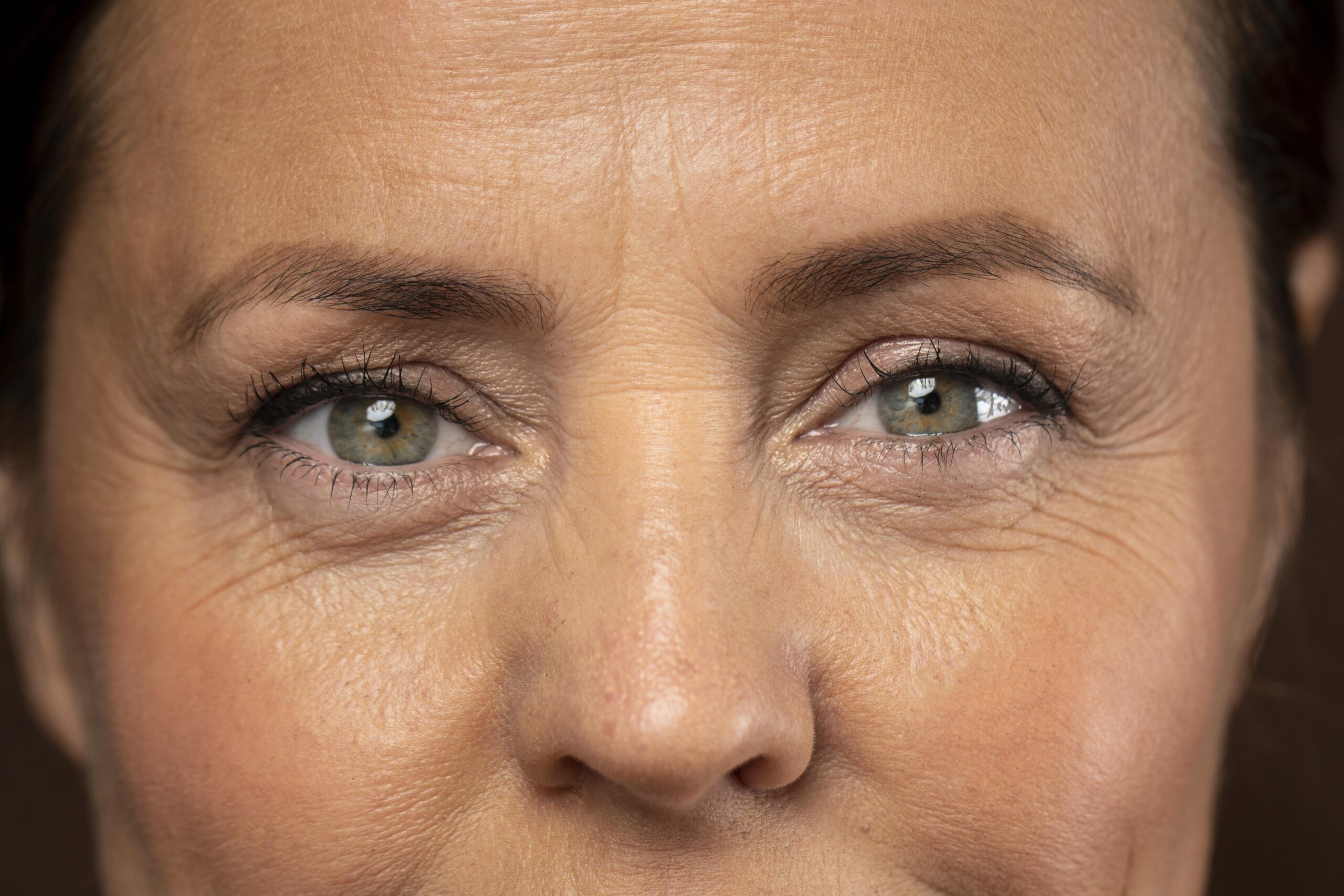
Conservative Entropion Treatment
Conservative therapies provide temporary relief and help prevent eye damage in patients with entropion. However, surgical correction is usually necessary for permanent amendment. Some treatments include:
- Artificial tears that help lubricate the eye and reduce irritation and dryness
- Soft contact lenses to cover the cornea and prevent further damage
- Lubricating eye drops and ointments used regularly reduce lash rubbing
- Skin tape to pull the lower eyelid away from the eye temporarily
- Quick everting eyelid stitches are applied with local anaesthesia to turn the eyelid outward
- Small BoNT injections into the lower eyelid to weaken inward-turning muscles. These injections are effective but need to be repeated every three months to remain effective.
